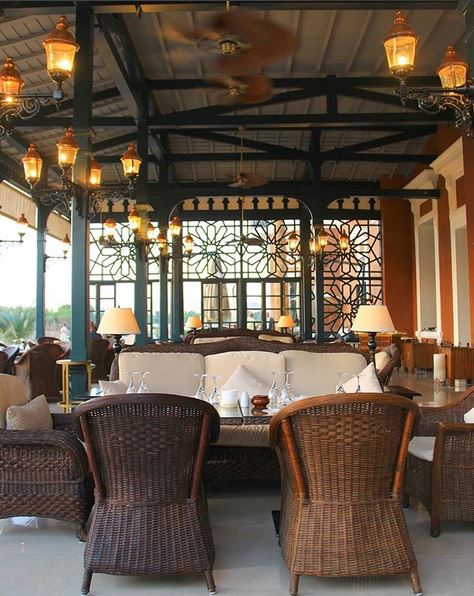
In Egypt’s deep south (aka ‘Upper Egypt, because it’s closer to the source of the south-north running Nile River), is the golden city of Aswan.
A world away from the smoke and insanity of Cairo, Aswan on the banks of the Nile is famous for its granite quarries that helped build the monuments of the ancient kingdoms, and its laid-back inhabitants, Nubians who seem more connected with the African continent than the Arabian north.
It’s also the home of one of the continent’s best grand hotels, and finally I got to visit the Sofitel Legend Old Cataract.
Agatha Christie wrote Death on the Nile on its terrace, and I wrote my hotel review for Fairfax Media’s Traveller section (the question is, of course: which will have greater longevity? :))
With an unsurpassed setting, smooth service and the undoubtedly fabulous history, I rate it this of my top historic stays around the world.
Armchair travellers should binge on Secret of the Nile (2016), which is the first Egyptian series on Netflix. The subtitled murder mystery was filmed in the hotel, which is the undoubted star of the show.
You can read my story, published on Fairfax Media’s Traveller website, here
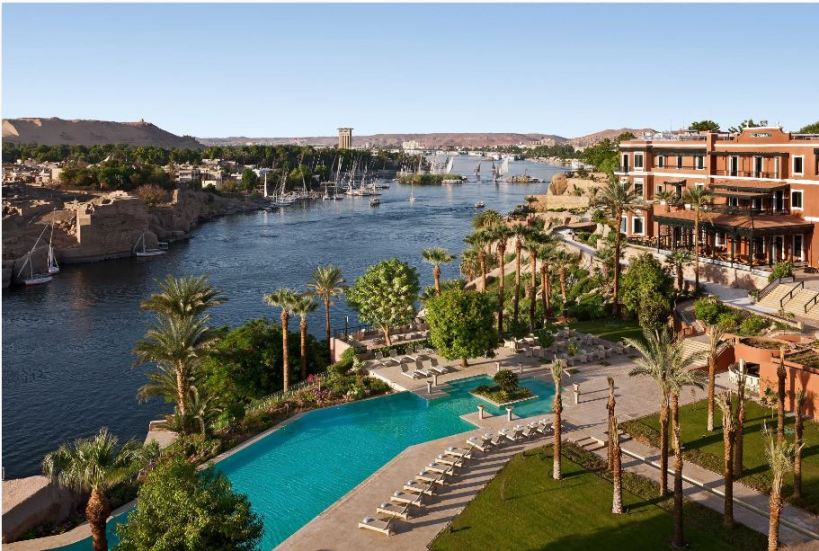


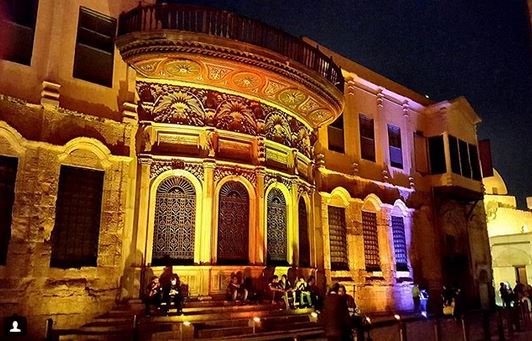


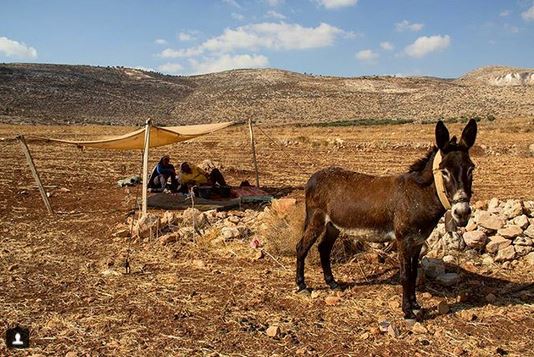















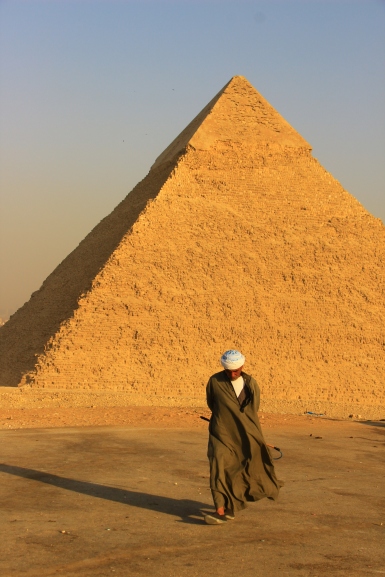
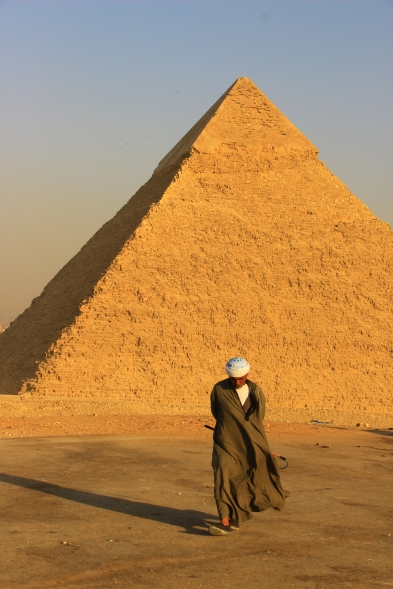

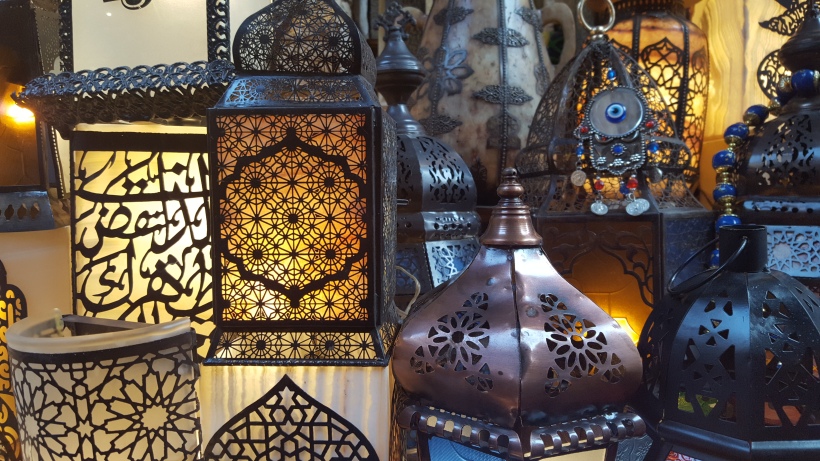 Last year, I was building a kitchen in my apartment in Cairo. I knew the tiles I wanted – classic arabesque style. You know, I wanted something out of an Andalusian palace or a Turkish mosque in my kitchen, please. I showed a photo to the tile salesman, who smarmily told me that they don’t have those tiles in Egypt.
Last year, I was building a kitchen in my apartment in Cairo. I knew the tiles I wanted – classic arabesque style. You know, I wanted something out of an Andalusian palace or a Turkish mosque in my kitchen, please. I showed a photo to the tile salesman, who smarmily told me that they don’t have those tiles in Egypt.




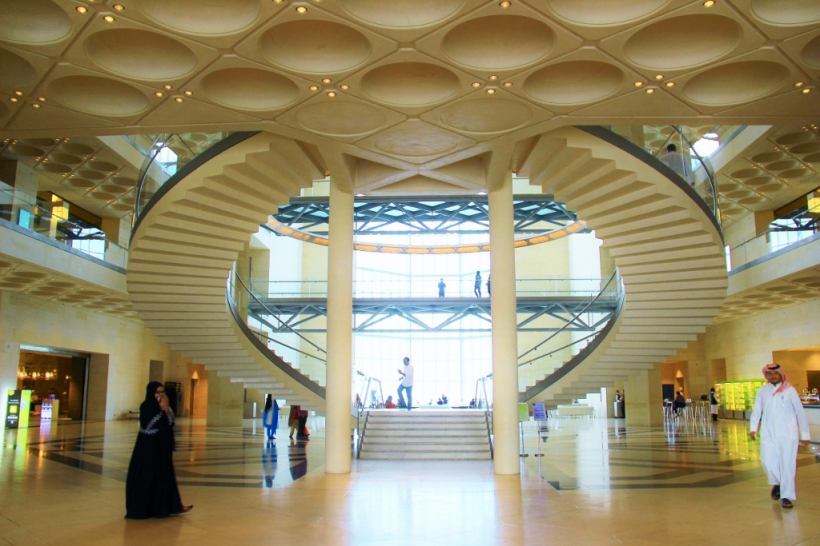 The highlight of the world’s richest country is the white mud-brick buildings of Souq Waqif, where veiled women henna ancient designs on hands while men gather to gossip in sparkling white thobes (robes). With a look over his shoulder at nearby Dubai, Qatar’s Emir has seen the writing on the wall and is preserving his emirate’s pre-resource-boom Bedouin culture.
The highlight of the world’s richest country is the white mud-brick buildings of Souq Waqif, where veiled women henna ancient designs on hands while men gather to gossip in sparkling white thobes (robes). With a look over his shoulder at nearby Dubai, Qatar’s Emir has seen the writing on the wall and is preserving his emirate’s pre-resource-boom Bedouin culture.